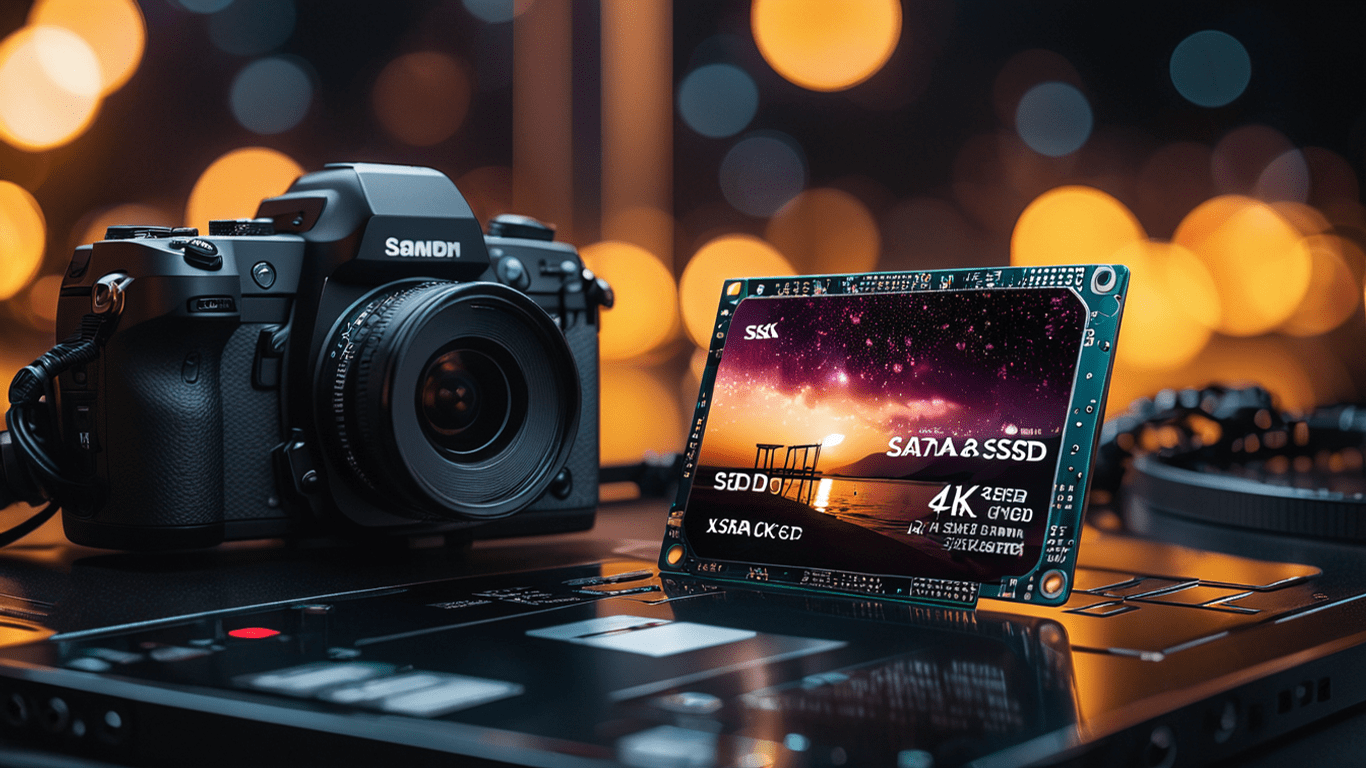Table of Contents
Introduction to SATA SSDs
SATA SSDs, or Serial Advanced Technology Attachment Solid State Drives, represent a significant advancement in storage technology. SATA SSDs store data on flash memory rather than spinning disks and mechanical components like standard HDDs do, which leads to higher read and write rates, improved reliability, and enhanced performance.These drives have become increasingly popular in consumer electronics, ranging from laptops and desktop computers to gaming consoles and servers.
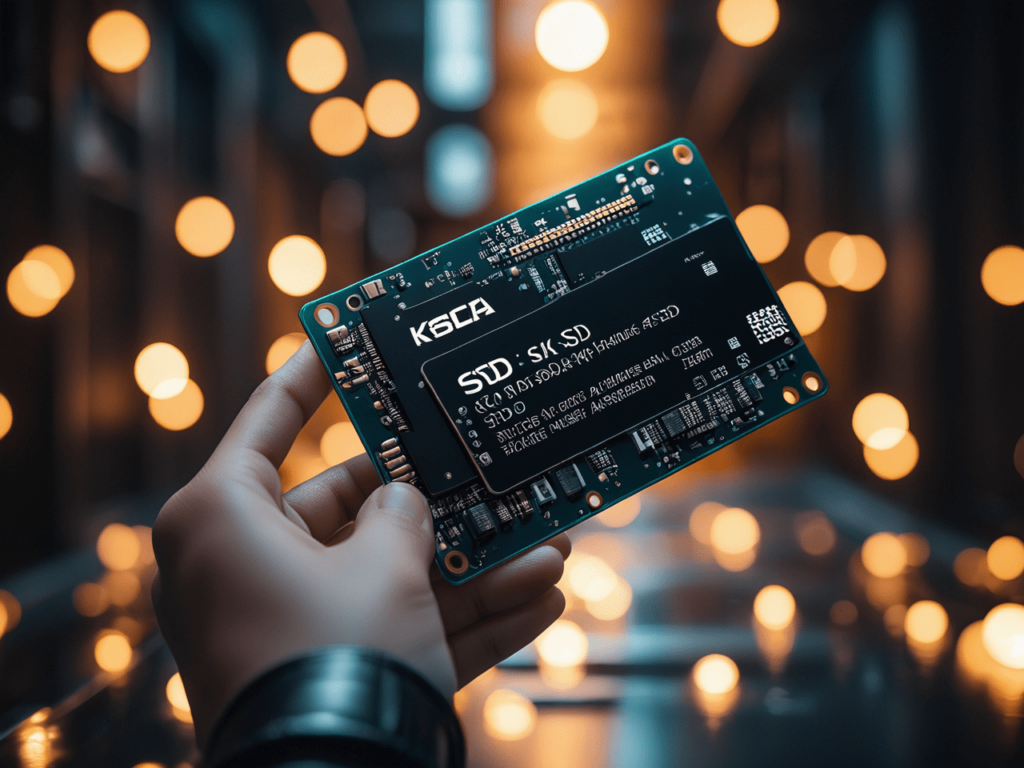
SATA SSDs are available in multiple form factors, such as the 2.5-inch standard size that is frequently used in desktops and laptops, as well as tiny M.2 and mSATA variants for incredibly thin devices.They connect to the motherboard via SATA (Serial ATA) interfaces, with the latest generations supporting SATA III for maximum data transfer speeds.
Understanding SATA SSD Technology and Benefits
SATA SSDs utilize NAND flash memory technology, which stores data electrically rather than magnetically like traditional HDDs. This enables faster access times and data transfer speeds, leading to snappier system performance and quicker load times for applications and files. Additionally, SATA SSDs are more energy-efficient and produce less heat compared to HDDs, making them ideal for portable devices and environments where cooling is a concern.
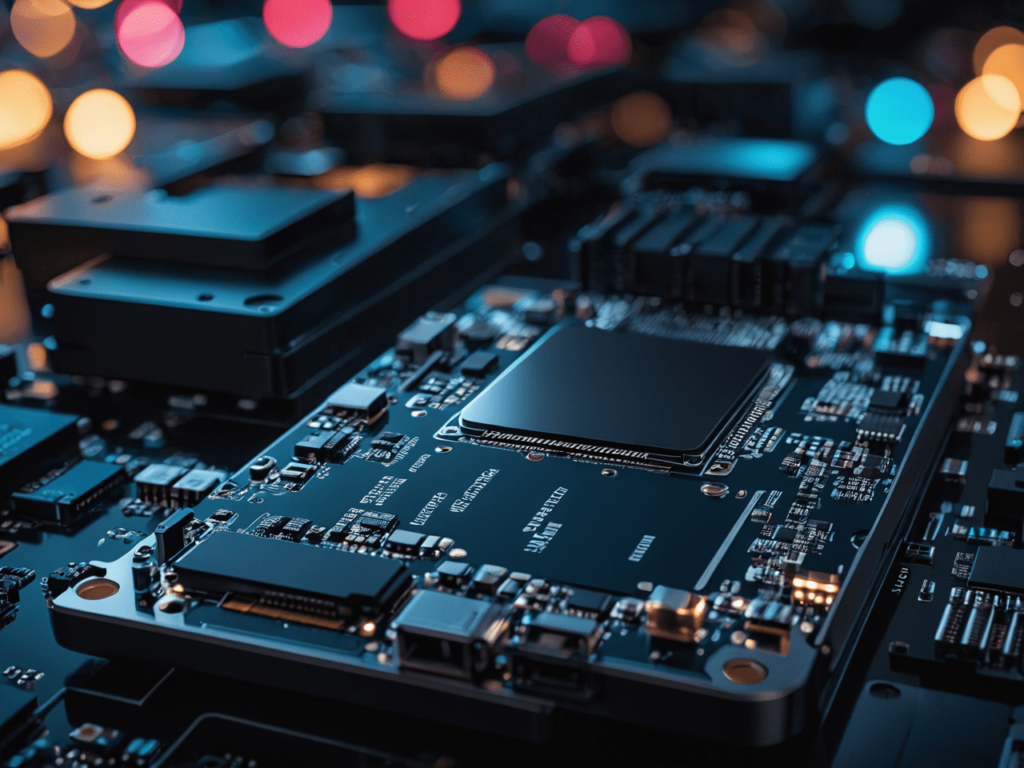
One of the significant benefits of SATA SSDs is their lack of moving parts, which eliminates the mechanical failures associated with HDDs. This results in improved durability and reliability, as well as quieter operation. Furthermore, SATA SSDs are shock and vibration resistant, making them suitable for use in rugged environments or mobile devices.
Choosing the Right SATA SSD for Your Needs
When selecting a SATA SSD, consider factors such as storage capacity, read/write speeds, endurance, and price. Higher capacity SSDs offer more storage space but may come at a premium cost. Similarly, SSDs with faster read/write speeds provide better performance but may be more expensive. It’s essential to balance your storage requirements with your budget and performance expectations to choose the right SATA SSD for your needs.
In addition to capacity and speed, consider the intended use of the SSD. For example, if you’re building a gaming PC, you may prioritize faster read/write speeds to reduce loading times in games. On the other hand, if you’re upgrading a business laptop, you may prioritize reliability and endurance for consistent performance over time.
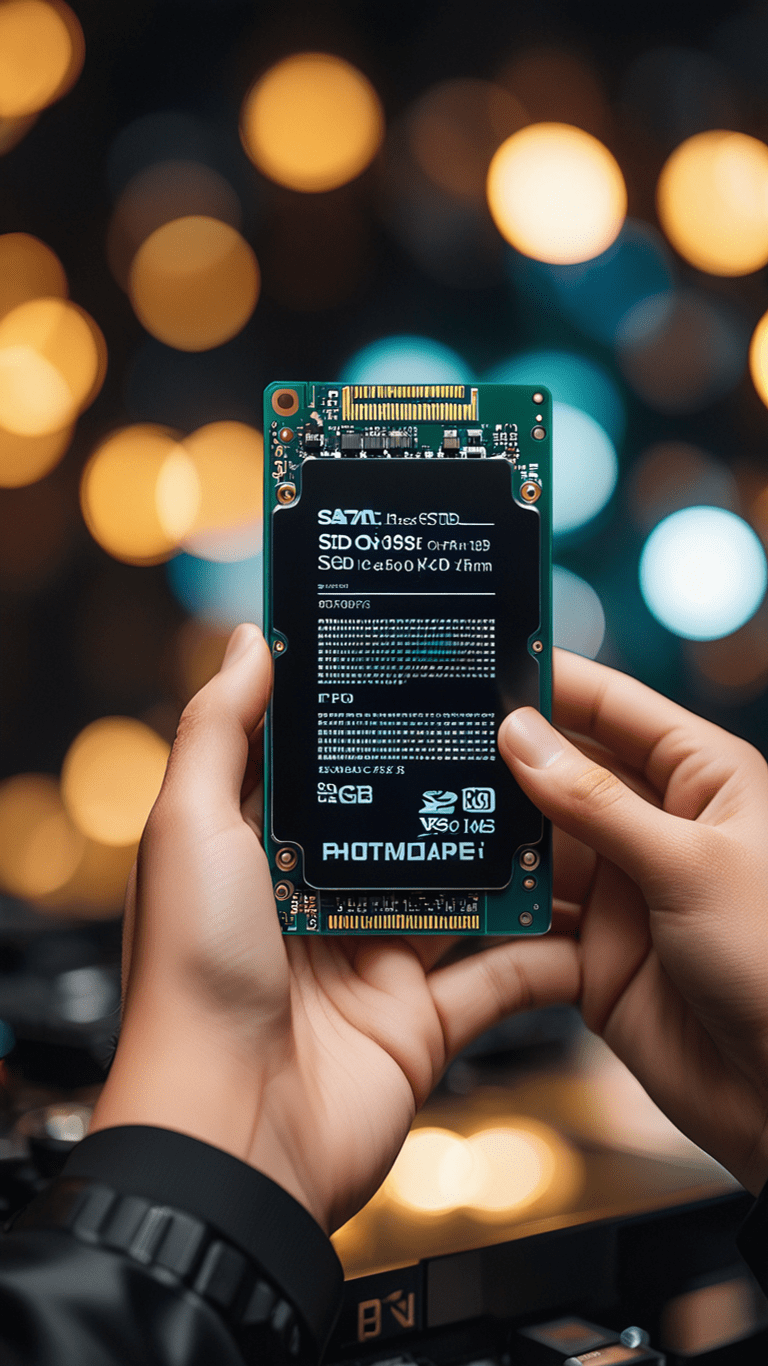
Installation and Setup Guide for SATA SSDs
Installing a SATA SSD is relatively straightforward and typically involves connecting the drive to a compatible SATA port on your motherboard and securing it in place using screws or mounting brackets. Once installed, you’ll need to initialize and format the drive using your operating system’s disk management tools. Be sure to follow manufacturer instructions and best practices to ensure a successful installation and setup process.

Before installing the SATA SSD, ensure that your system supports SATA III (6Gbps) for optimal performance. You may need to update your motherboard’s firmware or drivers to take full advantage of the SATA SSD’s capabilities. Additionally, consider transferring your operating system and frequently used applications to the SSD for faster boot times and improved responsiveness.
Performance and Speed of SATA SSDs
SATA SSDs offer significant performance improvements over traditional HDDs, with faster boot times, quicker application launches, and reduced file transfer times. The sequential and random read/write speeds of SATA SSDs vary depending on the specific model and manufacturer, but in general, they far outpace HDDs, providing a smoother and more responsive user experience.

Sequential read/write speeds refer to the speed at which data is transferred in a continuous stream, such as when copying large files or loading applications. Random read/write speeds, on the other hand, measure the speed at which data is accessed randomly across the drive, which is more representative of real-world usage scenarios.
Reliability and Endurance of SATA SSDs
One of the key benefits of SATA SSDs is their reliability and endurance. Since they lack moving parts, SATA SSDs are less susceptible to mechanical failures, such as disk platter damage or head crashes, which are common issues with HDDs. Additionally, SSDs have a longer lifespan and higher endurance, as they can withstand a greater number of read/write cycles before experiencing performance degradation.
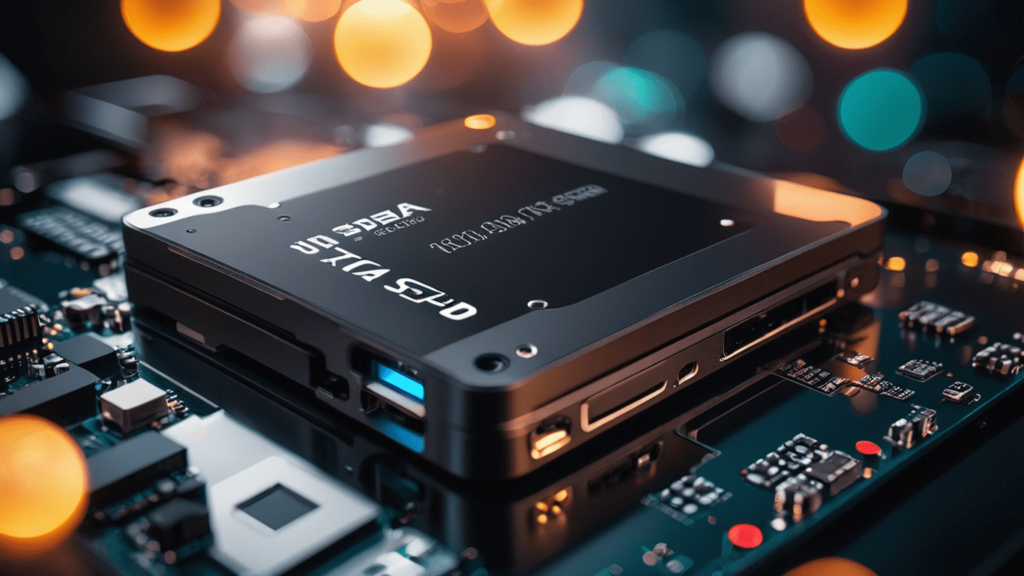
Most modern SATA SSDs come with built-in wear-leveling algorithms and error correction mechanisms to prolong lifespan and ensure data integrity. However, it’s essential to monitor the health of your SSD regularly and take preventive measures such as backing up critical data to prevent data loss in the event of drive failure.
Price, Value, and Best Deals for SATA SSDs
While SATA SSDs typically cost more per gigabyte than HDDs, their falling prices have made them increasingly affordable for consumers. Shopping around for the best deals and promotions can help you find a high-quality SATA SSD at a competitive price. Consider factors such as warranty coverage, performance specifications, and customer reviews when evaluating the value proposition of different SSD models.
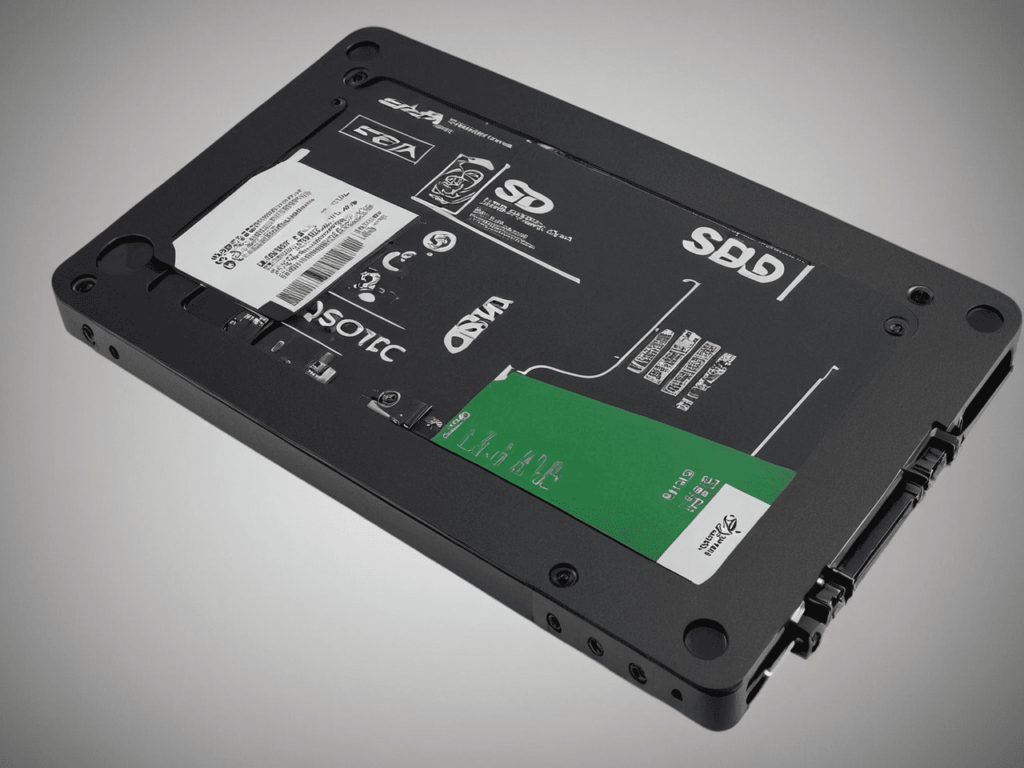
It’s also worth considering the total cost of ownership, including factors such as power consumption and maintenance costs, when comparing SSDs with HDDs. While SSDs may have a higher upfront cost, their lower power consumption and reduced maintenance requirements can result in long-term cost savings over the lifespan of the drive.
Compatibility Considerations for SATA SSDs
Before purchasing a SATA SSD, ensure compatibility with your existing hardware and operating system. Check your motherboard’s specifications to verify support for SATA III (6Gbps) or SATA II (3Gbps) interfaces, as well as any specific requirements for drive form factor and power connectors. Additionally, confirm that your operating system supports SSDs and consider updating firmware or drivers for optimal performance.
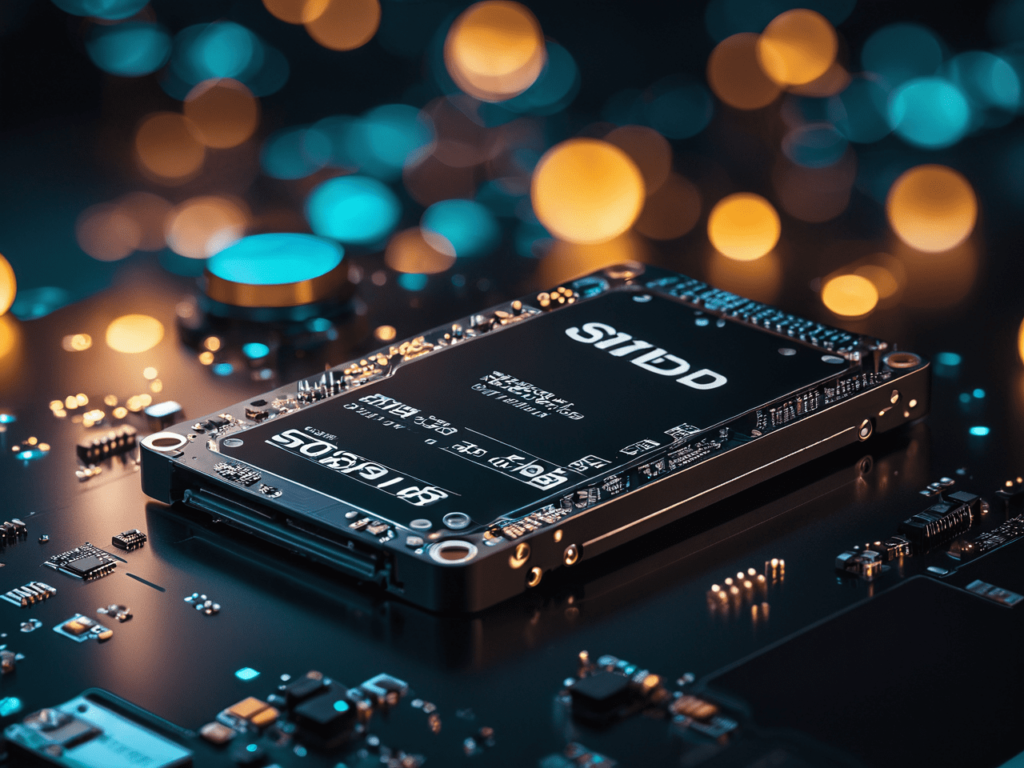
It’s also essential to consider compatibility with other components in your system, such as CPU, memory, and graphics card, to ensure optimal performance and stability. Some older systems may require BIOS updates or additional hardware upgrades to fully support SATA SSDs, so be sure to research compatibility thoroughly before making a purchase.
Maintenance and Optimization Tips for SATA SSDs
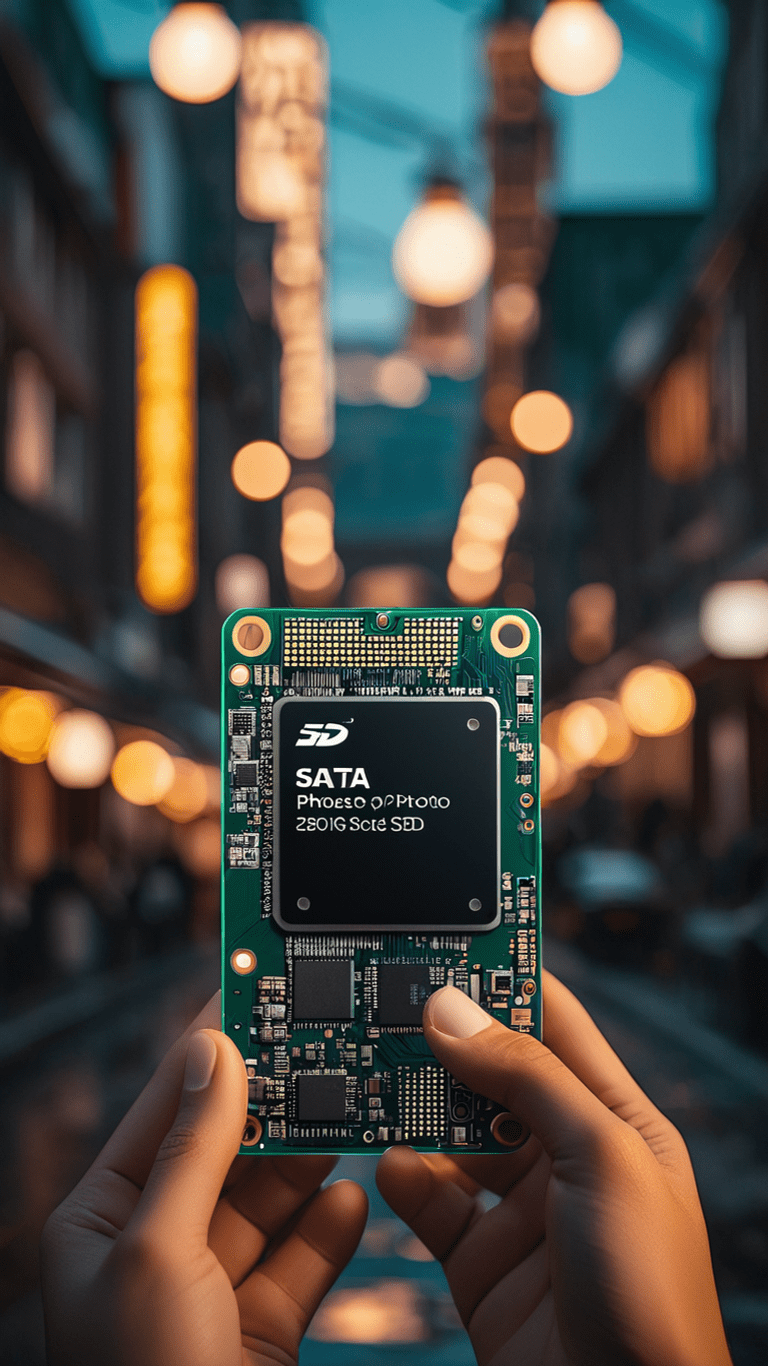
To maximize the lifespan and performance of your SATA SSD, it’s essential to follow maintenance and optimization best practices. This includes enabling TRIM support, a command that allows the operating system to inform the SSD which data blocks are no longer in use and can be wiped, improving write performance and extending SSD lifespan. Regular firmware updates are also recommended to ensure compatibility, reliability, and security. Additionally, avoiding excessive read/write operations by minimizing unnecessary file transfers and defragmentation can help preserve the SSD’s performance over time.
Future Trends and Applications of SATA SSD Technology
Looking ahead, SATA SSD technology is poised to continue advancing to meet the evolving needs of consumers and businesses. Future trends may include higher storage capacities, faster read/write speeds, improved power efficiency, and enhanced durability. As SSDs become more ubiquitous and affordable, their applications are expected to expand into emerging technologies such as artificial intelligence, edge computing, and Internet of Things (IoT) devices. This ongoing innovation underscores the enduring relevance and significance of SATA SSDs in the rapidly evolving landscape of storage technology.
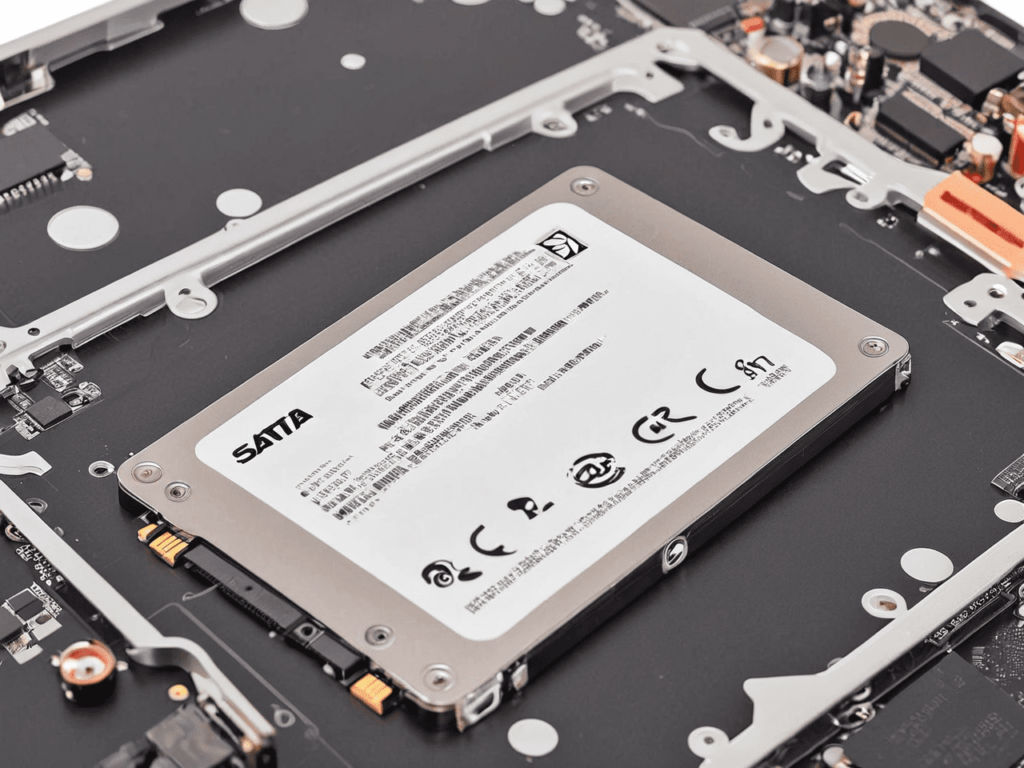
FAQ
Q: What is the difference between SATA SSDs and NVMe SSDs?
A: SATA SSDs use the Serial ATA interface for data transfer, while NVMe SSDs utilize the Non-Volatile Memory Express interface, which offers higher bandwidth and lower latency. NVMe SSDs are typically faster than SATA SSDs and are often used for high-performance computing tasks.
Q: Can I replace my laptop’s HDD with a SATA SSD?
A: Yes, in most cases, you can upgrade your laptop’s HDD with a SATA SSD. However, you may need to check compatibility and ensure that your laptop supports SATA SSDs in terms of physical size and interface.
Q: Are SATA SSDs compatible with older computers?
A: Yes, SATA SSDs are backward compatible with older computers that have SATA interfaces. However, you may experience limited performance benefits compared to newer systems with faster interfaces such as NVMe.
Q: How long do SATA SSDs last?
A: The lifespan of a SATA SSD depends on various factors such as usage patterns, write endurance, and manufacturing quality. On average, modern SATA SSDs can last several years or even longer with normal usage.
Q: Are SATA SSDs worth it for gaming?
A: Yes, SATA SSDs can significantly improve gaming performance by reducing load times and providing faster access to game data. However, for the best gaming experience, you may consider investing in an NVMe SSD for even faster speeds.
Q: Can I use a SATA SSD as an external drive?
A: Yes, you can use a SATA SSD as an external drive by connecting it to a compatible external enclosure or docking station. This allows you to expand storage capacity and enjoy the benefits of SSD performance on-the-go.

